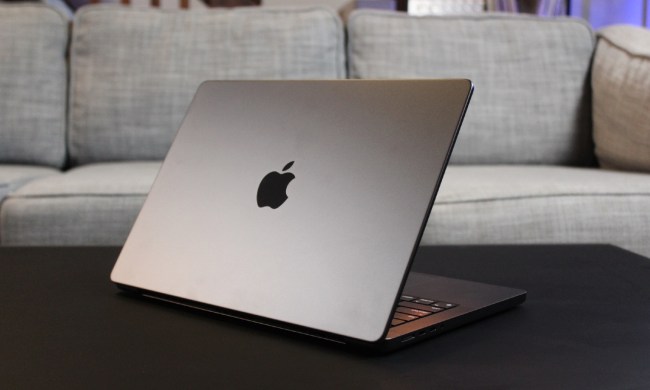Apple has released a software fix for an issue that was affecting the audio output on some of its new Studio Display monitors.
The fix comes just a couple of days after numerous media reports highlighted the problem, which resulted in audio unexpectedly cutting out, sounding distorted, or even speeding up.
Responding to the situation, Apple on Thursday rolled out an updated version of the 15.5 firmware for its $1,599 monitor. The tech company’s release notes list the firmware as 19F80, replacing 19F77. Text accompanying notification of the update reads simply: “Resolves an audio issue with Studio Display,” adding that it requires macOS Monterey 12.4 or later.
Apple made much of the Studio Display’s audio quality when it unveiled the monitor in March, highlighting its six speakers comprising four force-canceling woofers for the bass and two tweeters for the mids and highs.
But following its release, some Studio Display users started complaining about problems with the sound. While Apple didn’t publicly acknowledge the issue, it did recently contact authorized service providers to inform them of a workaround that it could share with customers while Apple engineers worked on a more permanent solution.
It involved disconnecting the monitor from the power supply and removing any accessories or devices attached to it. After that, Studio Display owners were advised to wait 10 seconds before connecting the Studio Display to power again.
The audio issue isn’t the first problem to hit Apple’s 27-inch, 5K display.
Within hours of reviewers getting their hands on it, it became apparent that the webcam picture was sub-par. Apple acknowledged the problem before rolling out an update to improve the image quality. However, the consensus appears to be that the webcam picture quality is still well below what you would expect for such an expensive monitor.


